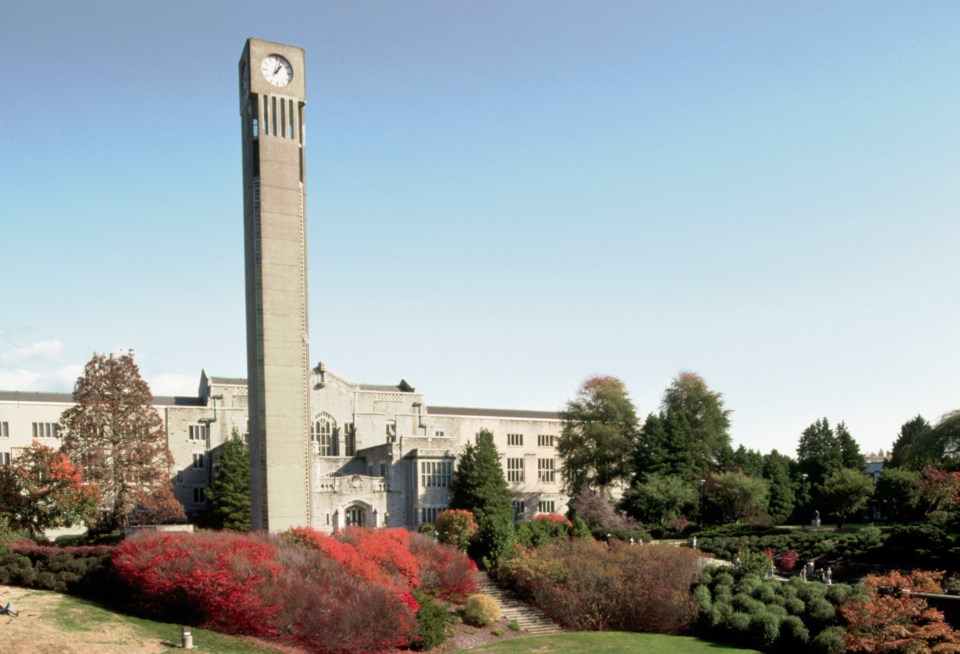Cadaver donations to UBC’s medical school are back on track after a 2022 public appeal.
The school reported a shortage of cadavers for medical students to study due to a lack of body donations in June 2022.
The UBC Body Donation Program has been in operation since 1950, averaging about 80 to 110 donations annually. That number had shrunk to 45-50 by the time the school appealed for public help that June.
“I'm very pleased to share that enquiries about the body donation program from the public have increased, substantially, following recent media coverage,” said Dr. Ed Moore, who oversees the donation program. He’s a professor and head of UBC’s Department of Cellular and Physiological Sciences.
Some medical schools have moved away from the use of cadavers for dissection and anatomy classes.
However, at the time of the shortage, medical student Armaghan Alam said having such an experience is critical.
“The human body is precious in its own way,” he said. “It’s important to learn things from it.”
The general surgery and emergency medicine student said the experience of learning medicine with the use of a donated body is something textbooks, virtual learning or models cannot approach.
“You don’t really get the detailed layers of tissues interacting with each other. You lose that certain piece of knowledge.”
Moore said donations had likely declined due to the pandemic, which saw the program shut down for a while to ensure safety of staff and students.
Still, he said, there are peaks and valleys in the donation cycle.
“It's challenging to predict long-term trends as there is a lag between when a person agrees to donation and when the donation occurs, so the full impact of the media coverage likely won't be felt for several years,” Moore said. “That being said, donations have increased and are trending upwards, but we've still yet to reach pre-pandemic levels.”
He added the program remains a critical research, teaching and learning tool for faculty and students at the university.
Moore said all students are told the cadavers are their first patients and must be treated with dignity and respect. That means no jokes, no fooling around, no phones, no laptops and no cameras.
He said each gift of a body is used for education or research purposes. Surgeons will come in to examine new techniques, others to try such a technique before using it in the operating room.
The program
Medicine, biomedical engineering, dentistry and other students use the cadavers and tissues to learn essential anatomy, practice surgical techniques, test innovative new devices, among other uses.
Moore said consent of the donor is a key part of the program and that consent can be withdrawn at any time by either the donor or their family.
The past practice to use unidentified bodies ceased decades ago, Moore said.
Anyone who is interested in becoming a donor can visit the program's website.

